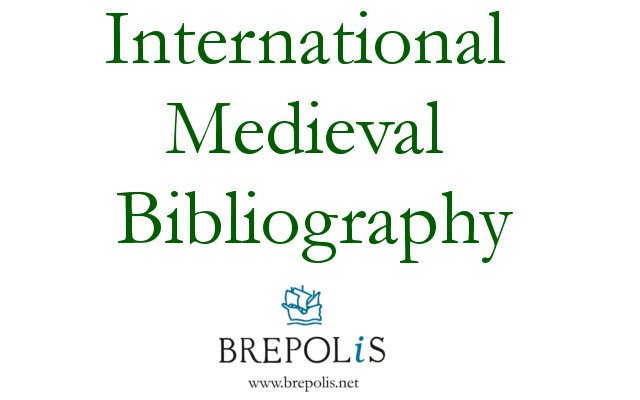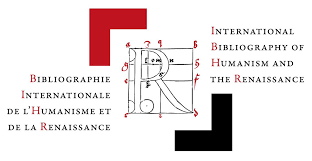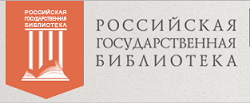Polish presence on Belarusian lands in the twentieth century: the experience of interaction between historians of the two countries 2017–2020
Polacy na Białorusi od końca XIX do początku XXI wieku / red. T. Gawin. Warszawa, 2017–2020. T. I. Wybrane problemy stosunków polsko-białoruskich. — 736 s.; T. II. Polityka — społeczeństwo — kultura. — 673 s.; T. III. Niepodległość 1918–2018: Polskie i białoruskie idee niepodległośćiowe. — 637 s.; T. IV. Polacy na Białorusi od Powstania Styczniowego do XXI wieku. Rok 1920 na tle przełomów politycznych XX wieku. — 736 s.
DOI:
https://doi.org/10.31168/2073-5731.2021.3-4.7.05Keywords:
History of Poland, history of Belarus, Belarusian lands, Polish historiography, Belarusian historiography, T. GawinAbstract
In 2017–2020 The Center for Eastern European Studies of the University of Warsaw has published four voluminous volumes of the serial edition “Poles in Belarus” edited by the historian Tadeusz Gawin. The books reflect the results of a large-scale Polish-Belarusian scientific project, in the course of which Polish and Belarusian historians focused their attention on the problems of history that are urgent for both countries, first of all, of the twentieth century. In particular, separate volumes and scientific conferences preceding them were devoted to the Polish and Belarusian ideas of state independence in 1918–2018 and the military action of 1920 against the backdrop of political changes in the twentieth century. The uniqueness of the serial publication is that historians from Belarusian state universities and research institutes actively participated in it; this practice, in the context of a sharp deterioration in Polish-Belarusian political relations, has already become a thing of the past.
Received: 21.09.2021.
Acknowledgements
The study was funded by Russian Foundation for Basic Research, project no 20-59-00001/20.
Citation
Borisenok Yu. A. Polish presence on Belarusian lands in the twentieth century: the experience of interaction between historians of the two countries 2017–2020 // Slavic Almanac. 2021. No 3–4. P. 497–509 (in Russian). DOI: 10.31168/2073-5731.2021.3-4.7.05






